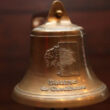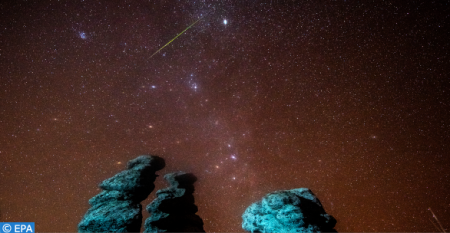The new images, taken in June 2022 as part of the Cosmic Evolution Early Release Science (CEERS) observing campaign, reveal that these galaxies, which existed in the earliest days of the universe, were far more diverse and evolved, according to the study published in The Astrophysical Journal.
The images compared are of a sample of 850 galaxies, including their redshift (astronomers’ way of determining the speed of very distant objects in the Universe). The space telescope revealed details never seen before, allowing researchers to reclassify more than half of the galaxies studied.
Astronomers previously thought that disk galaxies (flat, circular galaxies such as spirals) were rare in the early universe. These new observations quickly disproved that theory, especially since the telescope’s high resolution revealed previously unseen features of several other galactic morphologies.
Using data from NIRCam, Webb’s primary imaging instrument, the researchers were also able to determine the proportion of galaxies of each morphology as a function of redshift.
The James Webb Space Telescope is an infrared observatory developed by NASA with the participation of the European Space Agency (ESA) and the Canadian Space Agency (CSA).
Launched at the end of 2021, it provides much more precise images over a wider range of wavelengths than Hubble, which has been in operation since 1990.










